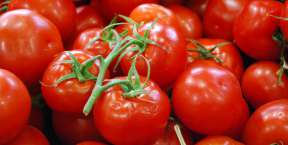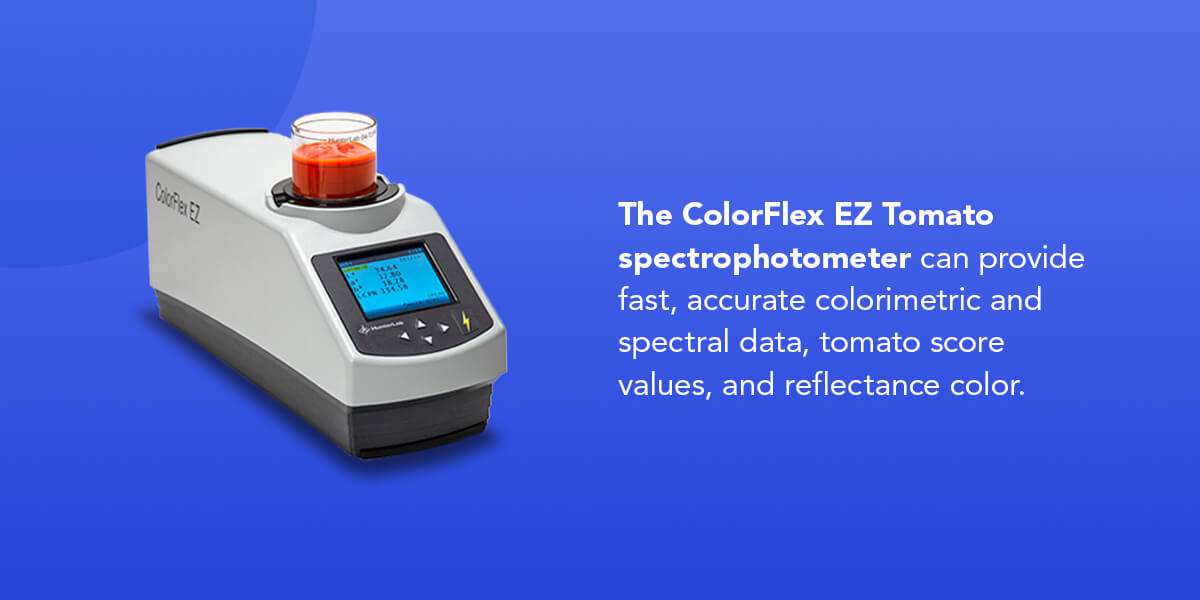What Is Lycopene?
Lycopene is a carotenoid, a naturally occurring compound or chemical that gives color to plants. Lycopene is specifically a red carotenoid, creating the red or pink color in watermelons, tomatoes, cranberries, grapes, and other fruits and vegetables.
Lycopene doesn't break down when heated. When lycopene-containing foods like tomatoes are pureed or heated, this makes it more accessible to the body. Pureeing and heating disrupts the cells trapping lycopene, making the compound more bioavailable. It’s easy and affordable to add this beneficial compound to the diet, since it is available through fresh and shelf-stable foods.
Tomatoes, especially when processed, are among the foods with the highest amounts of lycopene. Ketchup can contain between 9.9 and 13.44 milligrams of lycopene per 100 grams, while watermelon can contain 9 to 13 mg of lycopene for every cup and a half.
Tomato Industry Interest in Measuring Lycopene
The tomato industry can communicate with customers about the potential advantages of tomatoes and tomato products due to lycopene's health benefits, especially as an antioxidant. While more research is needed, the following benefits have been attributed to lycopene:
- Antioxidant properties, which protect against free radical damage and may reduce the risk of serious illnesses
- Anti-cancer protection, especially with prostate, bone, skin, and lung cancer
- Cardiovascular benefits, coming from lycopene’s apparent ability to lower low-density lipoprotein (LDL), increase high-density lipoprotein (HDL), and lower blood pressure
- Potential pain relief
- Potential improvement in male fertility
In addition to showing consumers the benefits of lycopene-rich foods, the tomato industry can also use lycopene measurement to demonstrate product quality. Measuring lycopene and color in tomatoes is linked, as the redder and riper the tomato, the higher the lycopene content. When fresh tomatoes are harvested at their peak in August, they contain 31% more lycopene compared with tomatoes harvested in September.
Measuring lycopene in tomatoes is also important for product quality control. When lycopene content in tomato products is consistent, the products' color and grade also stays consistent. Measuring lycopene can help tomato paste manufacturers, for example, ensure all their tomato pastes have a similar color and quality.
Finally, measurements allow for a higher precision level. While brands may tell customers they choose ripe tomatoes, specific measurements let brands select the same color of tomatoes, creating a uniform product that meets customer demand.



